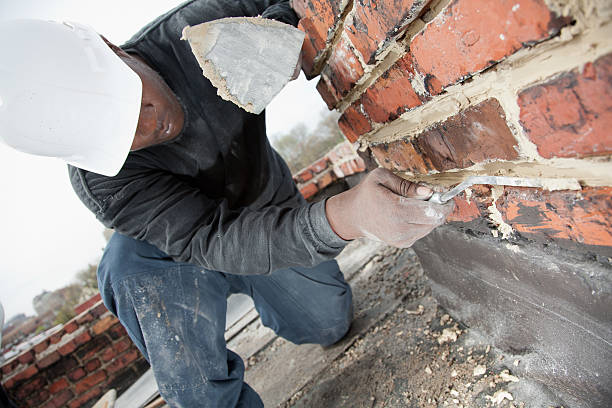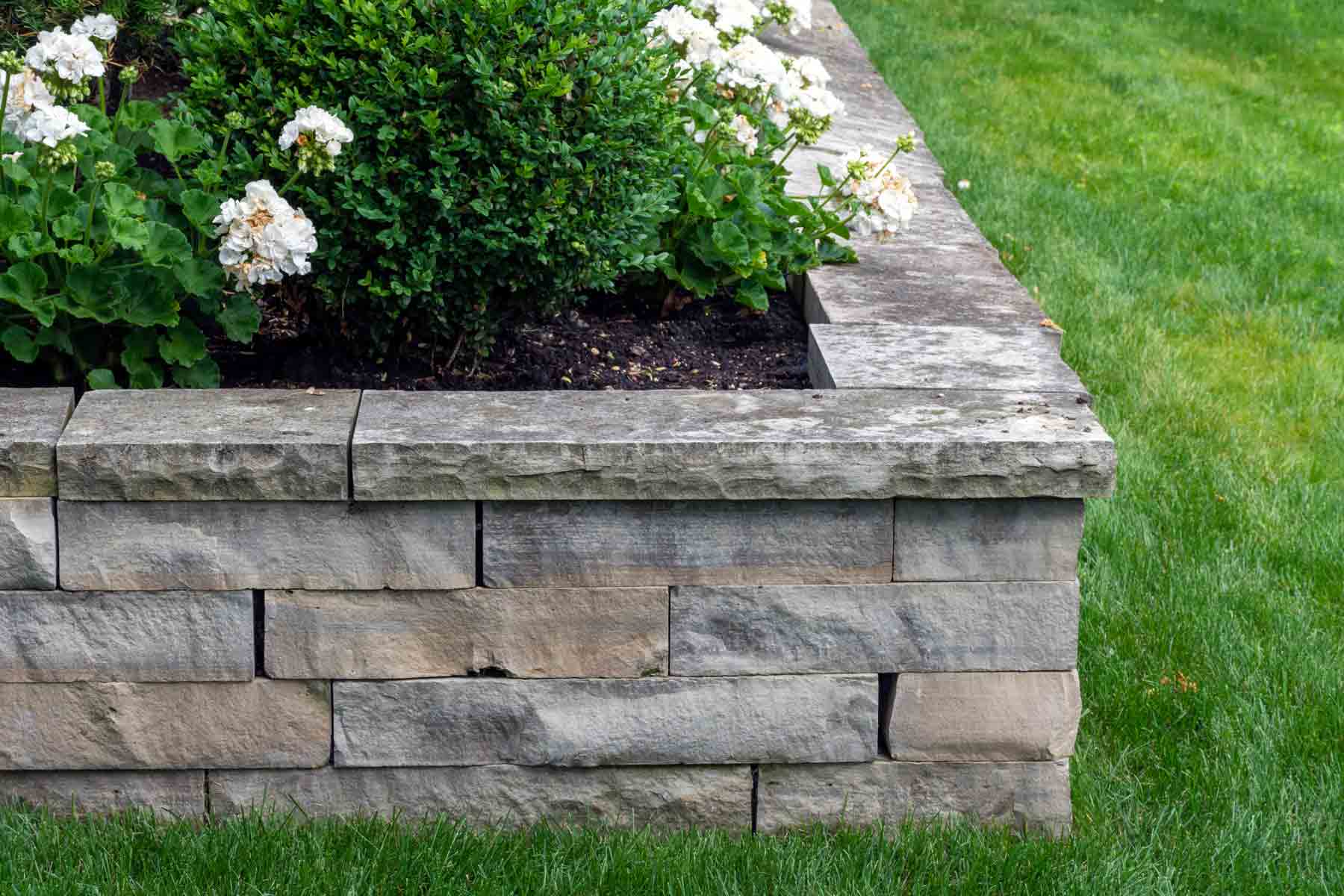Unlocking the Tricks of Lasting Stonework Construction Practices for Eco-Friendly Structures
Among the myriad techniques to environment-friendly building, sustainable stonework building and construction stands out as a tried and true and sturdy technique that holds a riches of untapped potential. From the selection of products to ingenious construction strategies, the keys to accomplishing sustainability within masonry building and construction are complex and appealing.
Benefits of Lasting Stonework Construction
Accepting lasting masonry building techniques not only decreases ecological influence but likewise supplies long-term economic advantages to builders and communities. By using products like recycled bricks, blocks, and stones, home builders can significantly decrease the carbon footprint of their jobs while advertising source performance. Additionally, sustainable masonry building methods, such as appropriate insulation and thermal mass properties, can enhance energy effectiveness within buildings, resulting in minimized functional prices with time.
Moreover, the resilience and durability of masonry structures add to long-term economic benefits. Structures created making use of lasting masonry methods typically need less maintenance and repair, translating to set you back financial savings for home builders and homeowner. The longevity of stonework materials also ensures that frameworks continue to be steady and safe, decreasing the need for frequent improvements or substitutes.
Eco-Friendly Masonry Materials
Making use of green masonry materials is a crucial action towards boosting the sustainability of building practices and minimizing ecological impact while making the most of lasting financial benefits. Lasting masonry products are sourced, produced, and made use of in a way that reduces general environmental effect. Materials such as recycled blocks, reclaimed rock, and sustainable cinder block are becoming significantly popular options for eco-conscious contractors. Recycled blocks, as an example, not just divert waste from garbage dumps however additionally require much less energy to create contrasted to new bricks. Redeemed stone uses an unique visual allure while decreasing the demand for new quarrying. Sustainable concrete obstructs incorporate recycled aggregates and might include improved insulation properties, contributing to power efficiency in buildings.
Moreover, all-natural products like adobe, rammed planet, and straw bundles give superb thermal mass properties, decreasing the need for heating and cooling energy. These products are usually in your area readily available, advertising local economic situations and lowering transportation-related carbon exhausts. By choosing environment-friendly masonry materials, building projects can significantly decrease their environmental impact and add to the development of healthier, more lasting developed environments.
Energy-Efficient Stonework Methods
Energy effectiveness plays a vital duty in enhancing the sustainability of masonry construction techniques. By applying energy-efficient masonry techniques, building contractors can dramatically minimize the overall power usage of a building, bring about lower operational expenses and a smaller ecological footprint. One key energy-efficient stonework technique is the usage of thermal mass, which includes incorporating thick materials like concrete or block into the structure's structure to soak up and store warmth. This helps manage indoor temperature levels, decreasing the need for mechanical heating and cooling down systems.

Developments in Sustainable Masonry
Recent advancements in lasting stonework techniques have actually caused ingenious methods that are reshaping the construction industry. One such technology is the growth of self-healing look at here concrete, which uses germs embedded within the concrete to recover splits autonomously. This development not only decreases upkeep costs yet additionally improves the sturdiness of masonry frameworks, adding to their sustainability.
One more notable additional resources innovation is the usage of recycled accumulations in masonry building and construction - masonry contractor. By including materials such as crushed ceramic waste or recycled glass right into concrete mixes, builders can lower the environmental impact of building and construction projects while keeping architectural integrity. This technique not only draws away waste from landfills but additionally preserves natural deposits, making it an essential development in sustainable stonework construction
In addition, the combination of digital style tools, such as Building Details Modeling (BIM), is reinventing the way stonework structures are prepared and created. BIM permits even more accurate estimations, decreased product wastage, and enhanced power effectiveness, inevitably resulting in even more sustainable building techniques. These innovations jointly indicate an appealing future for lasting stonework construction in the age of eco-friendly buildings.
Future Trends in Stonework Sustainability
With the ingenious strides made in lasting stonework practices, the future patterns in stonework sustainability are positioned to further transform the building sector. Among the key patterns forming the future of stonework sustainability is the increased integration of innovation. Improvements such as Structure Information Modeling (BIM) and virtual reality simulations are being made use of to enhance stonework building and construction procedures, leading to decreased material waste and enhanced energy effectiveness in structures.
Moreover, the growth of unique lasting products is established to play a substantial duty Get More Information in boosting the eco-friendliness of stonework building and construction. masonry contractor. Innovations like self-healing concrete, recycled aggregates, and bio-based binders are gaining grip for their capacity to decrease ecological influence while keeping architectural stability

Verdict
To conclude, sustainable stonework building practices use various benefits for green structures. By utilizing environment-friendly materials and energy-efficient strategies, masonry can add to a more lasting developed environment. Advancements in sustainable stonework are continuously being established to further improve the ecological efficiency of buildings. Looking towards the future, the fad of masonry sustainability is anticipated to expand, causing even more eco-friendly and energy-efficient construction methods in the years ahead.